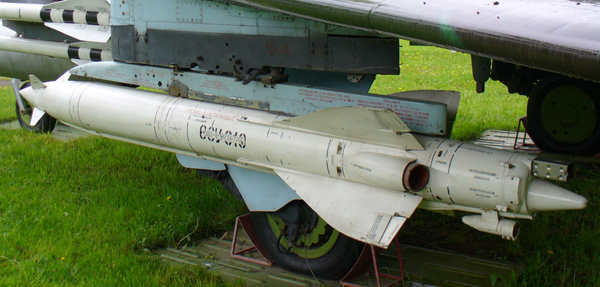
A senior U.S. official, speaking anonymously, has disclosed a significant development: the covert deployment of long-range ATACMS missiles to Ukraine, followed by their recent utilization in operations. This deployment aligns with a $300 million military assistance package for Ukraine approved by President Biden on March 12, although specific quantities remain undisclosed.
According to the same U.S. source, these missiles were employed on April 17 during a Ukrainian offensive on a Russian military airfield in Crimea. The decision to deploy ATACMS missiles, with a range of up to 300 km, in Ukraine has sparked internal debates within the Biden administration. Notably, medium-range ATACMS missiles were previously sent to Ukraine in September, albeit with a shorter range of 165 km.
The Kremlin has indirectly warned that further U.S. provision of advanced ATACMS long-range guided missile systems to Kyiv could prompt Russia to expand its perceived “neutral zone” by pushing Ukrainian forces back. This caution came after the White House’s decision in October to furnish Kyiv with ATACMS missiles capable of striking targets up to 100 miles away. Congress is considering legislation to prepare a new aid package, possibly featuring a longer-range missile with a range of up to 186 miles.
Ukrainian President Volodymyr Zelenskyy has confirmed his country’s forthcoming receipt of these long-range ATACMS missiles, expressing gratitude to Washington.
Regarding the MGM-140B, an enhanced version of the ATACMS system, it represents a notable advancement with its extended range of up to 300 kilometers. Compact in design, measuring around 4 meters in length and 610 millimeters in diameter, it packs significant firepower for long-range operations.
Constructed from high-strength, lightweight materials, including composites and alloys, the MGM-140B ensures durability and resilience during launch and flight. Its solid propellant rocket motor enables striking targets at distances of up to 300 kilometers, marking it as a potent asset in modern warfare.
The MGM-140B’s pivotal role in Ukraine’s arsenal has drawn attention from experts at the Institute for the Study of War in Washington, British military intelligence, and Russian military commentators. They suggest that the acquisition of these American long-range ATACMS missiles by Ukraine has the potential to alter the balance of power. Reports indicate that these missiles were used in strikes on the Berdyansk and Luhansk airfields on October 17.
In the preceding year, speculation circulated that the liberation of Kherson from Russian military control was largely facilitated by Kyiv’s acquisition of GMLRS medium-range missiles from the US. Deployed from HIMARS installations, these missiles played a critical role in neutralizing the captured Chernobayevka airport near Kherson. The airport’s name, which gained notoriety as a source of humor and memes last autumn, continues to serve as a cautionary tale and analogy for several pro-Kremlin military channels on Telegram, including the prominent Russian-affiliated Rybar channel, following the October 17 attacks.
Experts assert that the ramifications of Ukraine’s newfound long-range firepower extend well beyond the battlefield. Russia will likely need to relocate its aircraft, helicopters, ammunition depots, and command posts significantly further from the front lines. This strategic adjustment would afford the Ukrainian military precious time, hinder the response capabilities of Russian forces, and disrupt their ammunition supply routes. Such a strategic advantage could prove transformative for the Ukrainian military.




